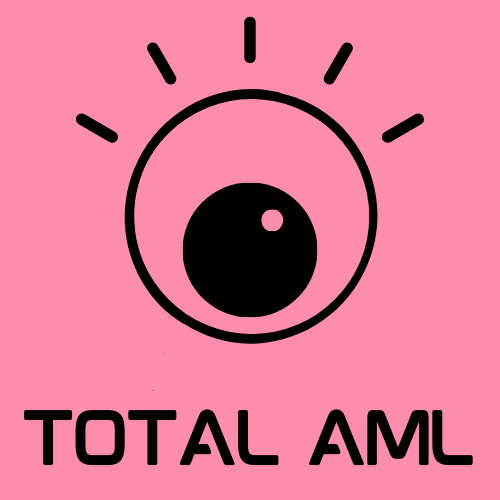Updated timeframe: Low-risk trusts and proof of address requirements
The past week’s Cabinet Paper details forthcoming updates in the anti-money laundering and counter financing of terrorism (AML/CFT) space. The changes are divided in three workstreams, organised by urgency:
Workstream 1 – Immediate relief to business from compliance burdens and reduce compliance costs through the Regulatory Services (Justice) Amendment Bill (RSJAB), and a Statutes Amendment Bill (SAB). Changes in these Bills will reduce regulatory burden on New Zealanders by:
removing the obligation to verify the address of low and medium-risk customers.
removing mandatory enhanced customer due diligence (CDD) requirements for low-risk trusts.
extending the reporting timeframes for prescribed transaction reports to 20 working days.
extending the reporting timeframes for suspicious activity reports to five working days for lawyers.
The SAB is currently on track for introduction on 17 September 2024, with enactment on 28 April 2025. There is no date for the RSJAB.
Workstream 2 – Reforming the supervisor structure and funding model to allow the system to be more responsive to industry and community needs, more focused on risks, and more agile. The changes propose to:
Consolidate the three supervisors (Financial Markets Authority, Department of Internal Affairs and Reserve Bank of New Zealand) into one unique supervisor (at this stage, this is expected to be the Department of Internal Affairs). The change is expected to deliver better risk-based supervision, bring supervisory consistency, support efficient implementation of obligations, and provide more support to businesses to comply with their obligations.
Establish a new funding model, which better aligns with cost recovery principles and that could deliver significant savings to the Crown. The new funding is expected to come from a levy paid by reporting entities. The Associate Minister of Justice stated (see also further comments below):
“I have made it clear to officials that the introduction of any levy should not place an undue financial burden on New Zealand’s low-risk small businesses.”
Workstream 3 – Enhanced regulatory settings and mitigating grey-listing risk. Changes include:
changing the settings for business groups so the expectation is for compliance by groups rather than individual businesses.
bringing in proliferation financing and targeted financial sanctions to the supervised regime.
reforming offence and penalty settings.
simplifying standard CDD requirements (i.e., bringing a range of technical amendments that focus more closely on actual risk).
creation of a closed beneficial ownership trust register.
expand the range of exemptions from AML/CFT requirements and amend the application process to make it more available to small and medium enterprises.
These changes are intended to be introduced via a Bill by April 2026.
Highlights
As already discussed previously, I welcome the upcoming relief relating to the standard CDD for low-risk trusts and proof of identity obligations. I am particularly glad that a date for the final enactment of these changes is on the horizon. Stay tuned for more details, as they are shared by the regulator.
Of the other changes, some of them are very interesting and they will bring changes in the overall AML/CFT regime in New Zealand. In particular, the following.
First, as an AML/CFT reporting entity, you are also a duty holder in relation to sanctions. However, because the two regimes are separated at the moment, many reporting entities are confused about their requirements. Bringing the counter-financing of proliferation and sanction regime within the scope of the overarching AML/CFT compliance will better support reporting entities.
Second, a closed register of trust beneficial owners will relieve the compliance burden for all reporting entities dealing with trust-type customers. However, the delivery of this project is dependent on funding via the levy. The Cabinet Paper notes that alternative financing would need to be sought to implement the initiative if the levy funding is not approved.
Finally, the pain point for many, the levy. How will it work and how much will it cost? While the details are still up in the air, the Cabinet Paper provides some insights by comparing other jurisdictions:
Australia introduced a levy in 2011 with subsequent reforms. At the time of a 2019 review, the levy was paid by 561 of the more than 14,000 entities reporting to the Australian Transaction Reports and Analysis Centre (AUSTRAC – the Australian regulator for AML/CFT). Usually, only medium to large businesses are required to pay the levy. These are businesses with one or more of the following:
earnings of A$100 million or more
a large number of transaction reports
a high total value of transaction reports lodged with AUSTRAC during a calendar year
The United Kingdom introduced a levy in 2021 paid in an annual fixed fee determined by the entity’s revenue:
Small – revenue under £10.2m – no levy
Medium - revenue from £10.2 million to £36 million - £10,000
Large - revenue from £36 million to £1 billion - £36,000
Very large - revenue more than £1 billion - £250,000
What’s Next
Get in touch if you want to discuss how the upcoming April 2025 changes will impact your business.
If you want to future-proof your business, get in touch to discuss how to assess your sanctions and proliferation risks and develop policies, procedures and controls to mitigate those risks.
